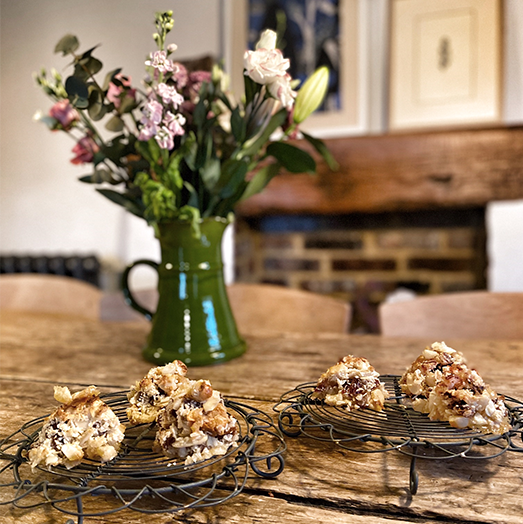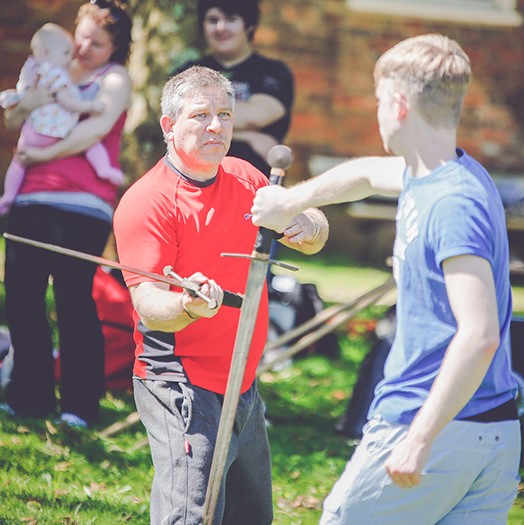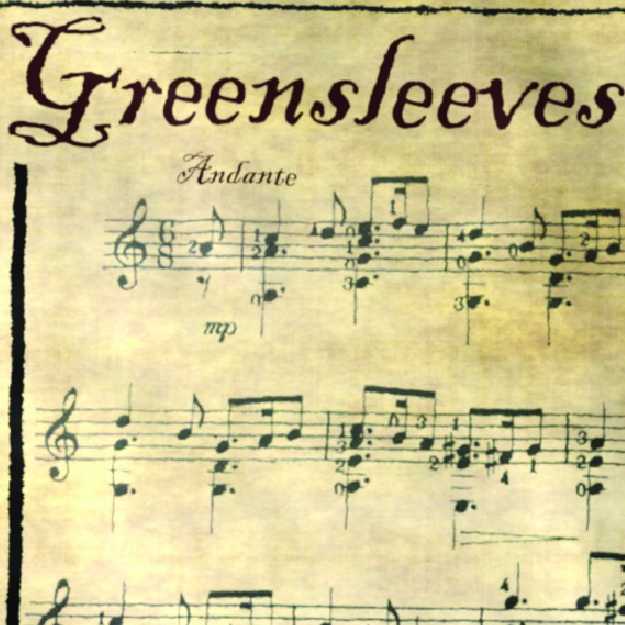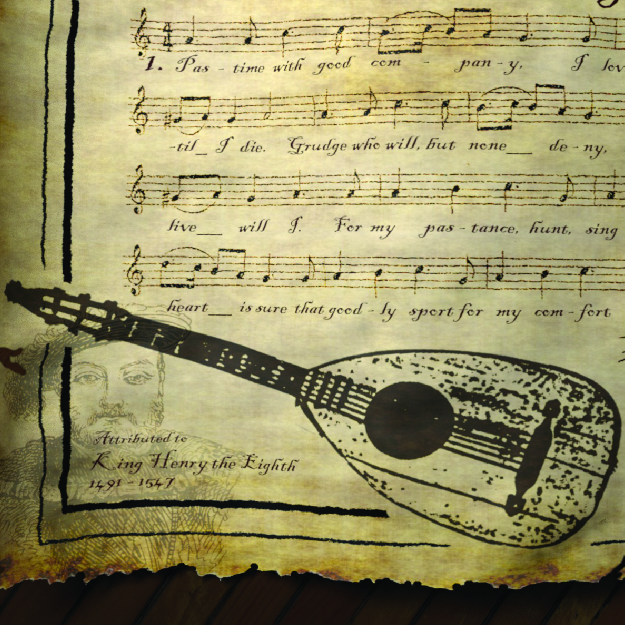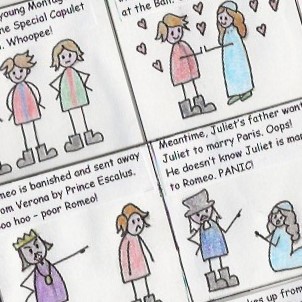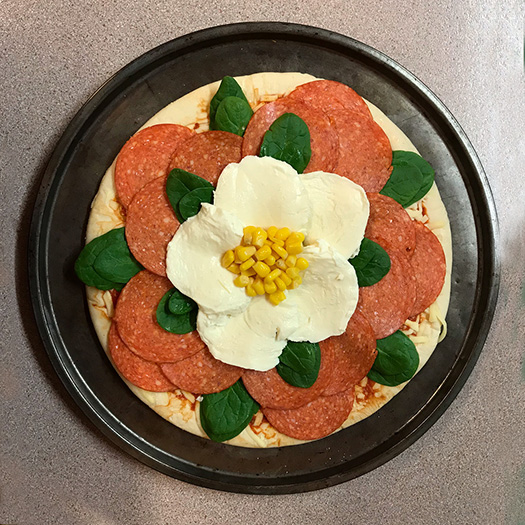 Jumbles Biscuits
Jumbles Biscuits
These mildly sweet biscuits were traditionally flavoured with caraway seeds, mace, almond or aniseed. However, I used whatever spices I had in my cupboard - in this instance nutmeg, cloves and ginger - and you should feel free to do the same or leave the spices out altogether. :-)
Baking is all about experimenting!
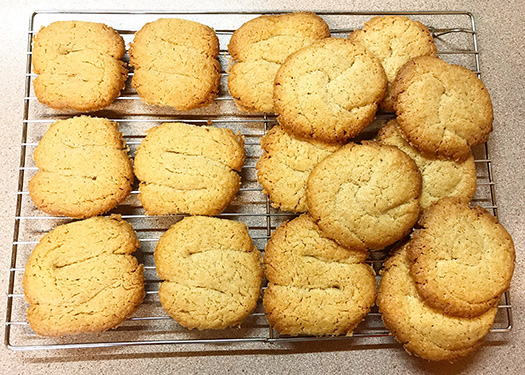
Ingredients
- 6oz (175g) caster sugar
- 8oz (225g) plain flour
- 6oz (175g) butter
- 1 large egg
- 1tsp ground nutmeg*
- 1/2tsp ground cloves*
- 1/2tsp ground ginger*
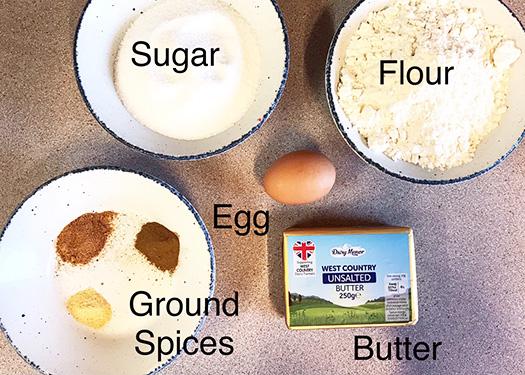
Method
- Cream the butter and sugar together using the back of a fork. It helps if the butter has been softened and at room temperature before you begin.
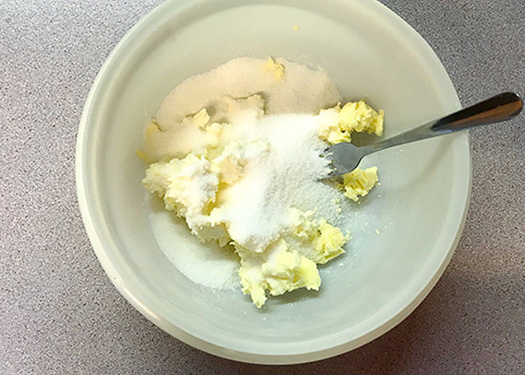
- Beat in the egg.
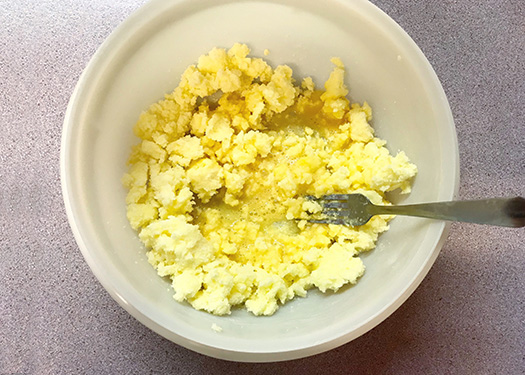
- Sieve in the flour and spices gradually and mix until combined.
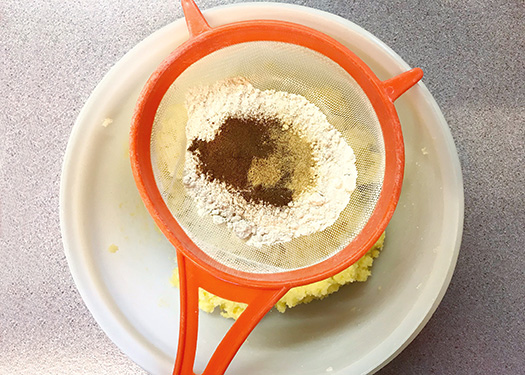
- Use your hands to knead. The dough will be sticky but stiff enough that you can shape it.
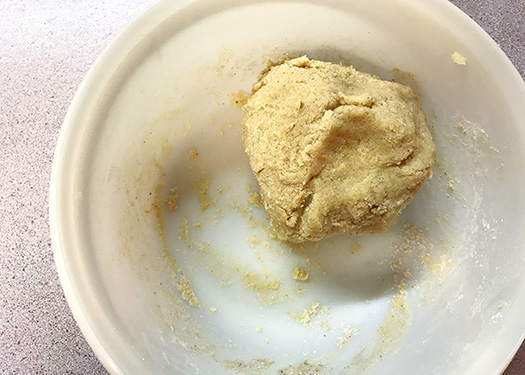
- Take a small handful of dough and roll between your palms into a sausage shape. You can then create any shape you like.
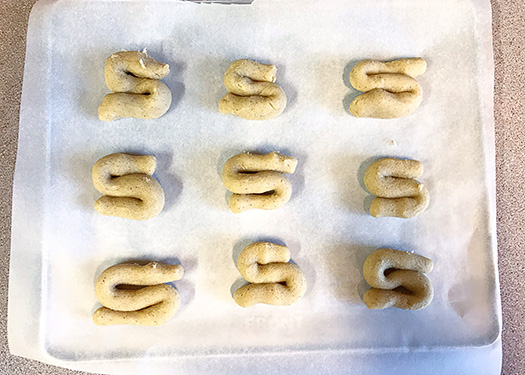
- Place the shaped dough onto greased baking sheets or baking sheets lined with grease proof paper.
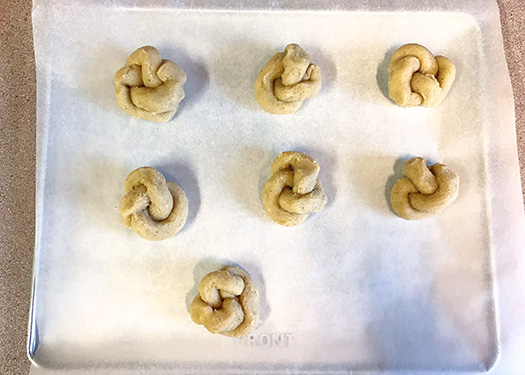
- Bake in the oven at 180°C (350°F) for 15-20 minutes or until golden.
- Remove and let cool on wire cooling racks.

Jumbals or Jumbles have been popular since the Middle Ages, but were particularly popular in Elizabethan times, because they are easy to make, can be stored for a very long time and can be flavoured with almost anything.
Queen Elizabeth I reigned between 1558 – 1603, when explorers were discovering new lands and exciting and delicious spices were brought to the British Isles for the first time; sugar became more widely available to the poorer classes.
Traditional flavourings for Jumbles included various combinations of caraway seeds, aniseed, mace, almonds, cinnamon, nutmeg, rosewater. Find out which countries these spices came from, to discover how far Elizabethan explorers travelled.
Stir Up Shakespeare Gallery
If you would like your work to feature in our online gallery, send a photo of your completed project by email or tag us on social media:
boatproductionmanager@gmail.com
Instagram: brownsea_open_air_theatre
Facebook: @BrownseaOpenAirTheatre
Twitter: @brownseatheatre
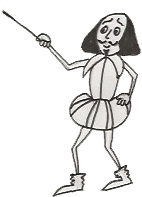
Other History activities:
These activities will be enjoyed by children and adults of all ages.
The activities are rated according to difficulty and level of parental involvement: these descriptions are intended as a rough guide only.
We have rated them to help parents of children aged 8-13, on the assumption that above this age supervision is rarely required, and that below it, supervision is generally required.

